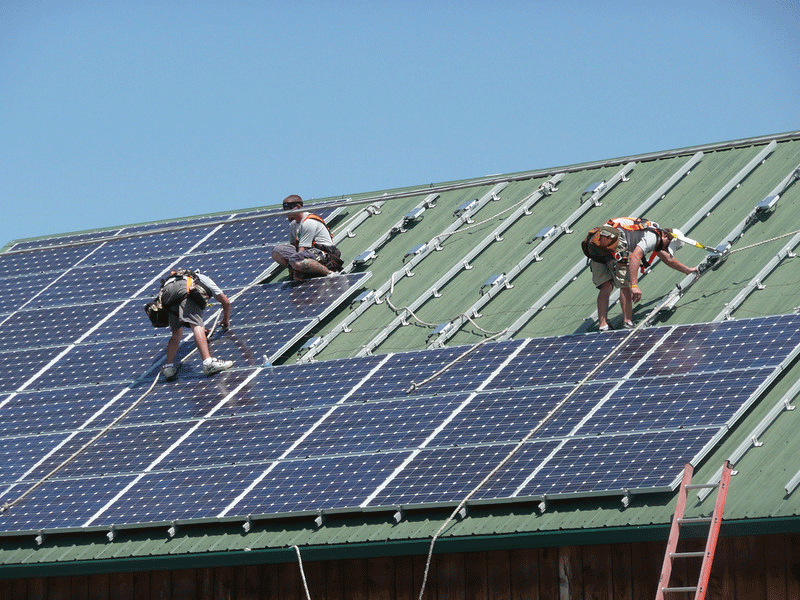Powering the Future: The Benefits, Challenges, and Potential of Missouri Solar Energy
As St. Louis Missouri aims to transition towards a sustainable energy future, solar energy emerges as a powerful contender in the renewable energy landscape. With an abundance of sunlight and innovative technologies, solar energy promises to transform the way we produce and consume power. In this article, we delve into the numerous benefits, prevailing challenges, and immense potential of solar energy in the Missouri and United States.
Key Benefits of Missouri Solar Energy

Environmental Impact: A Greener Alternative
Solar energy is a clean, renewable source of power that produces no greenhouse gas emissions or air pollution. By transitioning to solar, Missouri can significantly reduce its carbon footprint and combat climate change, preserving the planet for future generations. Moreover, solar energy production consumes minimal water resources compared to traditional power generation methods, thereby protecting water supplies and ecosystems.
Economic Growth: A Catalyst for Job Creation and Missouri Investments
The solar industry has experienced rapid growth in recent years, creating St Louis jobs and stimulating local economies. As demand for solar installations surges, the industry is projected to employ hundreds of thousands of Americans in manufacturing, installation, and maintenance roles. Additionally, investments in solar projects can boost local economies by supporting businesses that provide materials, services, and infrastructure for solar developments. This economic impact extends beyond the solar industry, as consumers and businesses save on energy costs, allowing them to redirect those funds into other sectors of the economy.
Energy Independence: Reducing Reliance on Fossil Fuels and Strengthening National Security
By harnessing the power of the sun, Missouri counties can decrease its dependence on foreign oil and natural gas. This increased energy independence bolsters national security and shields the nation from potential geopolitical conflicts related to energy resources. Furthermore, as solar energy becomes more widely adopted, Missouri and the St Louis Metropolitan area can reduce its vulnerability to price fluctuations and supply disruptions in the global fossil fuel market.
Energy Resilience: Enhancing Grid Stability and Disaster Preparedness
Solar energy systems, particularly distributed solar installations such as rooftop panels, can enhance energy resilience by reducing the strain on the grid during peak demand periods. This decentralization of power generation helps maintain grid stability and reduces the likelihood of blackouts or brownouts. Additionally, solar energy systems can play a critical role in disaster preparedness and recovery efforts by providing a reliable, off-grid power source in the wake of natural disasters or other emergencies.
Scalability and Flexibility: Adapting to Diverse Energy Needs
Solar energy offers a scalable and flexible solution to meet various energy needs. From small-scale residential installations to utility-scale solar farms, solar power can be adapted to accommodate different energy requirements and land constraints. This adaptability makes solar energy a viable option for communities and industries across Missouri, providing a customizable energy solution that can evolve with changing needs and technologies.
Casting Shadows: Challenges Facing Missouri Solar Energy Adoption
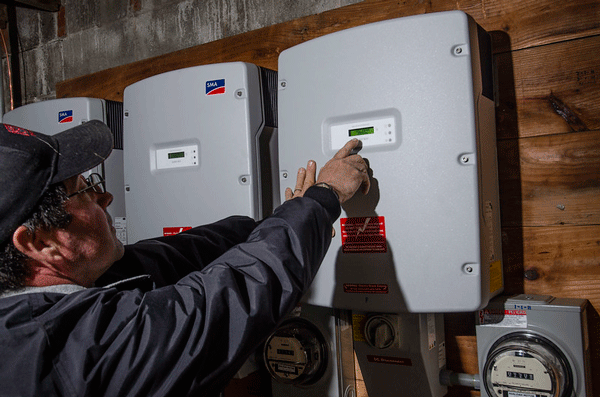
High Upfront Costs: Overcoming Financial Barriers
While the price of solar panels has significantly decreased over time, the initial investment can still be a barrier for homeowners and businesses. The costs of solar energy systems include not only the panels themselves but also the installation, permits, and auxiliary equipment, such as inverters and mounting structures. Government incentives and financing options can help alleviate these costs, but broader measures are needed to make solar energy accessible to all, including low-income households and Missouri small businesses.
Intermittency Issues: Ensuring Consistent Power Supply
Solar energy production is dependent on sunlight, making it an intermittent energy source. Cloud cover, inclement weather, and shorter daylight hours during winter months can impact solar energy production. To address this challenge, advancements in energy storage technologies, such as batteries and grid management solutions, are crucial for maintaining a consistent power supply. Additionally, integrating solar power with other renewable energy sources like wind and hydroelectric power can help balance the variability of solar output.
Missouri Land Use: Balancing Environmental Concerns and Sustainable Development
Large-scale solar installations require vast amounts of Missouri land, which can lead to habitat loss, soil degradation, and other environmental concerns. This land-use competition can also create tensions with agricultural interests and local communities. Innovative solutions like floating solar farms, agrivoltaics (combining agriculture and solar power), and solar installations on brownfields, rooftops, or highway corridors can help mitigate these impacts and ensure responsible solar expansion that minimizes the ecological footprint.
Aesthetic Considerations: Addressing Visual and Cultural Concerns
The aesthetic impact of solar installations, particularly large-scale solar farms or arrays in St Louis residential neighborhoods, can be a source of concern for some communities. In certain cases, objections to the visual appearance of solar panels or potential glare issues have led to disputes and delayed projects. To overcome these challenges, solar developers and policymakers must work closely with communities to address aesthetic concerns, explore alternative designs, and implement appropriate screening or landscaping measures.
Infrastructure and Grid Integration: Updating an Aging System
The widespread adoption of solar energy requires significant upgrades to the existing electrical grid infrastructure, which was primarily designed for centralized power generation. Integrating distributed solar generation into the grid necessitates investments in smart grid technologies, advanced inverters, and grid management systems to ensure the stability and reliability of the power supply. Coordinated efforts among utilities, regulators, and the solar industry are crucial for developing and implementing the necessary infrastructure upgrades to support a solar-powered future.
Unlocking the Sun’s Potential: The Future of Solar Energy in Missouri
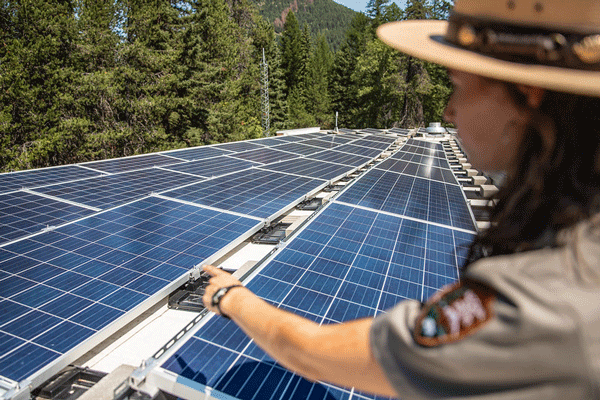
Technological Innovations: The Driving Force
Continued research and development in solar technology promise to improve efficiency and reduce costs, making solar energy even more competitive with traditional energy sources. Breakthroughs such as perovskite solar cells, which offer higher efficiency and lower manufacturing costs, and bifacial panels that capture sunlight on both sides, will accelerate solar energy’s widespread adoption. Additionally, emerging technologies like building-integrated photovoltaics (BIPV), which incorporate solar cells into building materials like windows and roof tiles, can further expand solar energy applications and boost aesthetic appeal.
Solar Plus Storage: A Powerful Combination
Pairing solar energy systems with advanced energy storage solutions can alleviate intermittency concerns and provide a reliable, round-the-clock power supply. As battery technology advances and costs decrease, solar plus storage will become an increasingly attractive option for utilities and homeowners alike. Furthermore, the integration of solar and storage with microgrid systems can enhance energy resilience and security for critical facilities, such as hospitals and military bases, while also empowering local communities to manage their energy resources more effectively.
Missouri Community Solar: Expanding Access and Equity
Community solar projects, which allow multiple participants to share the benefits of a single solar installation, have the potential to expand solar access to renters, low-income households, and those without suitable rooftops for solar panels. By addressing financial and logistical barriers, community solar can democratize access to clean energy and enable more Americans to reap the benefits of solar power. Policymakers and utilities can support community solar initiatives by creating appropriate incentives, regulations, and programs that foster equitable solar energy deployment.
Policy Support: A Crucial Catalyst
Robust policy support at the federal, state, and local levels can accelerate solar energy deployment and address existing challenges. Measures such as tax credits, net metering policies, and renewable portfolio standards can create a favorable environment for solar energy growth and help Missouri achieve its sustainability goals. Additionally, targeted policies and programs aimed at promoting workforce development, supporting innovation, and ensuring equitable access to solar energy can play a pivotal role in driving the solar industry forward.
International Collaboration: A Global Effort
Missouri can also benefit from international collaboration in research, development, and deployment of solar energy technologies. By sharing knowledge, resources, and best practices with other countries, Missouri can accelerate the global transition to renewable energy and address the challenges of climate change more effectively. Participation in international initiatives, such as the International Solar Alliance and Mission Innovation, can strengthen the global solar energy ecosystem and enhance the Missouri’s leadership in clean energy innovation.
The Growth of Solar Energy in Missouri: An Accelerating Trend
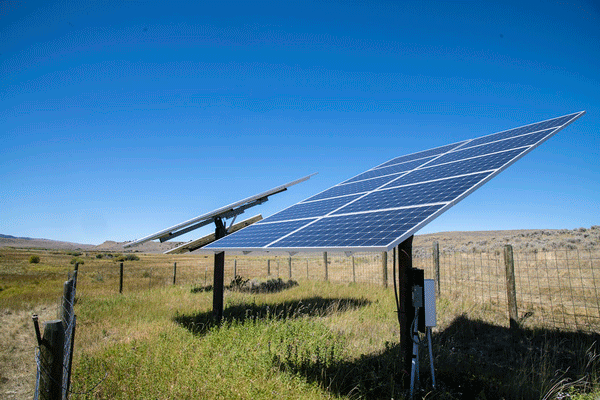
Missouri has witnessed remarkable growth in solar energy capacity over the past decade, driven by a combination of technological advancements, cost reductions, and supportive policies. This rapid expansion reflects the state’s commitment to transitioning to a more sustainable, clean energy future.
The Surge in Solar Installations: Rooftop and Utility-Scale
Solar energy installations in Missouri have grown exponentially in recent years, encompassing both residential rooftop systems and large-scale, utility-owned solar farms. The increasing affordability of solar panels, coupled with federal tax credits and state incentives, has spurred homeowners to invest in rooftop solar installations. Simultaneously, utility companies are rapidly expanding their solar portfolios to meet renewable energy targets and consumer demand for clean power.
Cost Competitiveness: A Game Changer for Solar Energy
The cost of solar energy has plummeted in the past decade, making it increasingly competitive with traditional fossil fuel-based power generation. The decline in module prices, coupled with improvements in efficiency and installation techniques, has made solar power more accessible to a broader range of consumers and businesses. As a result, solar energy is no longer seen as a niche or luxury option but as a mainstream, economically viable energy source.
State-Level Leadership: Pioneering Renewable Energy Policies
Besides Missouri, several states have emerged as leaders in solar energy adoption, driven by ambitious renewable energy targets, supportive policies, and abundant solar resources. States like California, Arizona, and North Carolina have seen significant growth in solar capacity, setting an example for the rest of the nation. These states have implemented innovative policies such as renewable portfolio standards, net metering, and solar access laws, which have encouraged solar energy growth and fostered a vibrant solar industry.
Solar Workforce: A Booming Missouri Job Market
The expansion of solar energy in Missouri and St Louis has generated a thriving job market within the sector. Solar industry employment has grown rapidly, with jobs spanning manufacturing, installation, operations, and maintenance, among other fields. This job growth not only contributes to the nation’s overall economic well-being but also provides new opportunities for workers transitioning from traditional energy industries, such as coal and oil.
Public Awareness and Support: A Shift in Perception
Growing public awareness of the environmental and economic benefits of solar energy has contributed to the increasing adoption of solar power in Missouri. As more Americans recognize the potential of solar energy to mitigate climate change, lower energy bills, and create jobs, support for solar-friendly policies and initiatives has grown. This shift in public perception has driven demand for solar installations and fostered a positive feedback loop, further propelling the growth of solar energy in the state.
Conclusion: A Bright Outlook for Solar Energy in Missouri
The growth of solar energy in Missouri reflects a broader global trend towards renewable energy and sustainable development. By capitalizing on its abundant solar resources and fostering a supportive policy environment, Missouri can continue to expand its solar capacity, create jobs, and drive innovation, ensuring a brighter, more sustainable future for generations to come.
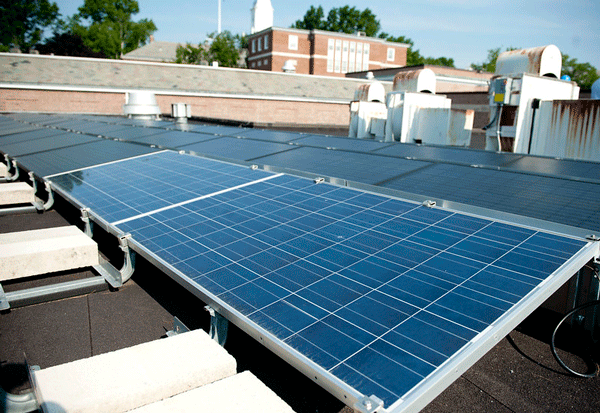
Frequently Asked Questions about Solar Energy in the United States
Q: How much has solar energy capacity grown in the United States in recent years?
Solar energy capacity in the United States has experienced remarkable growth over the past decade. From 2010 to 2020, solar capacity increased from around 2.3 gigawatts (GW) to over 97 GW, representing a more than 40-fold increase.
Q: What are the main drivers behind the growth of solar energy in the United States?
The main drivers behind the growth of solar energy in the US include technological advancements, falling costs, supportive policies at the federal and state levels, increased public awareness, and the growing demand for clean, renewable energy sources.
Q: How does the cost of solar energy compare to traditional energy sources?
The cost of solar energy has decreased significantly in recent years, making it increasingly competitive with traditional energy sources such as coal, natural gas, and nuclear power. In many cases, the levelized cost of energy (LCOE) for solar power is now lower than that of conventional energy sources, particularly for utility-scale solar installations.
Q: Which states lead the United States in solar energy capacity and adoption?
California, Arizona, North Carolina, Nevada, and Texas are among the leading states in solar energy capacity and adoption. These states have abundant solar resources, ambitious renewable energy targets, and supportive policies that have driven solar energy growth.
Q: How do government incentives and policies support solar energy growth?
Federal tax credits, such as the Investment Tax Credit (ITC), offer financial incentives for solar energy installations, reducing the upfront costs for homeowners and businesses. State-level policies, like renewable portfolio standards and net metering, create additional incentives and support for solar energy growth.
Q: What are the job opportunities within the solar energy sector in the United States?
The solar industry has created a wide range of job opportunities, including positions in manufacturing, installation, operations, maintenance, and research and development. As solar energy adoption continues to grow, the sector is expected to generate even more jobs, providing new opportunities for workers transitioning from traditional energy industries.
Q: How does solar energy contribute to energy independence and national security in the United States?
By expanding solar energy capacity, the United States can reduce its reliance on foreign oil and natural gas, enhancing energy independence and national security. Solar energy also helps reduce vulnerability to price fluctuations and supply disruptions in the global fossil fuel market.
Q: What is the potential for solar energy growth in the United States in the coming years?
The potential for solar energy growth in the United States is vast, with abundant solar resources and continued technological advancements expected to drive further expansion. As costs continue to fall and policy support grows, solar energy is poised to play an increasingly significant role in the nation’s clean energy transition.


